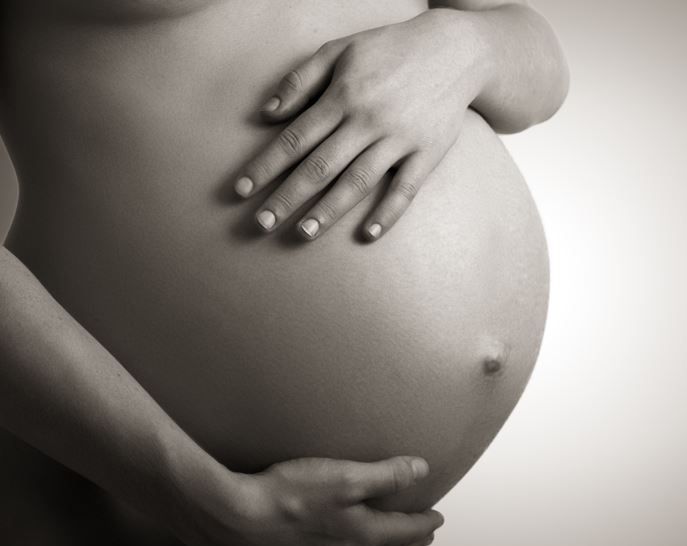Migraine Linked to Higher Risk of Pregnancy Complications in Preliminary Study
©JenkoAtaman/AdobeStock

Women with migraine face a higher risk of adverse pregnancy outcomes such as preterm delivery, gestational hypertension (HTN), and preeclampsia, according to a large preliminary study.
The findings were released February 24, 2022, and will be presented at the American Academy of Neurology’s (AAN) 74th Annual Meeting, held April 2-7, in Seattle, WA, and virtually April 24-26.
“Roughly 20% of women of childbearing age experience migraine, but the impact of migraine on pregnancy outcomes has not been well understood,” said lead author Alexandra Purdue-Smithe, PhD, of Brigham and Women’s Hospital in Boston, in an AAN press release. “Our large prospective study found links between migraine and pregnancy complications that could help inform doctors and women with migraine of potential risks they should be aware of during pregnancy.”
Purdue-Smithe and colleagues estimated the associations of self-reported physician-diagnosed prepregnancy migraine with preterm delivery (defined for the purpose of the study as <37 weeks), gestational diabetes mellitus (GDM), gestational HTN, preeclampsia, and low birthweight (ie, <5.5 lbs) among incident pregnancies in the Nurses’ Health Study II.
Relative risks (RR) and 95% confidence intervals (CI) were estimated using log-binomial regression that accounted for multiple pregnancies per study participant, according to thestudy abstract.
Researchers analyzed 30 555 pregnancies in approximately 19 000 women between 1989 and 2009. Of those pregnancies, 11% (n=3881) of the women were diagnosed by their physician with prepregnancy migraine.
After adjusting for age, adiposity, and other behavioral and health factors, investigators found that women with prepregnancy migraine exhibited higher risks of preterm delivery (RR, 1.17; 95% CI, 1.05-1.30), gestational HTN (RR, 1.28; 95% CI, 1.11-1.48), and preeclampsia (RR, 1.40; 95% CI, 1.19-1.65) compared to women without prepregnancy migraine. Of the 3881 pregnancies among women with migraine, 10% were delivered preterm compared with 8% of the pregnancies among women without migraine, according to the AAN press release.
Investigators noted that prepregnancymigraine was not associated with low birthweight (RR, 0.99; 95% CI, 0.85-1.16) or GDM (RR, 1.05; 95% CI, 0.91-1.22).
The team also examined migraine with and without aura and found that compared to women without migraine, the risk of preeclampsia was slightly higher among those with migraine with aura (RR, 1.51; 95% CI, 1.22-1.88) than those with migraine without aura (RR, 1.29; 95% CI, 1.04-1.61). However, these results may have been influenced by participants’ ability to correctly remember their experiences because information on migraine aura was not collected until later in the study when many of the pregnancies ended.
Another limitation to the study was that information on frequency of migraine episodes and other migraine features were not available.
“While the risks of these complications are still quite low overall, women with a history of migraine should be aware of and consult with their doctor on potential pregnancy risks,” said Purdue-Smithe. “More research is needed to determine exactly why migraine may be associated with higher risks of complications. In the meantime, women with migraine may benefit from closer monitoring during pregnancy so that complications like preeclampsia can be identified and managed as soon as possible.”